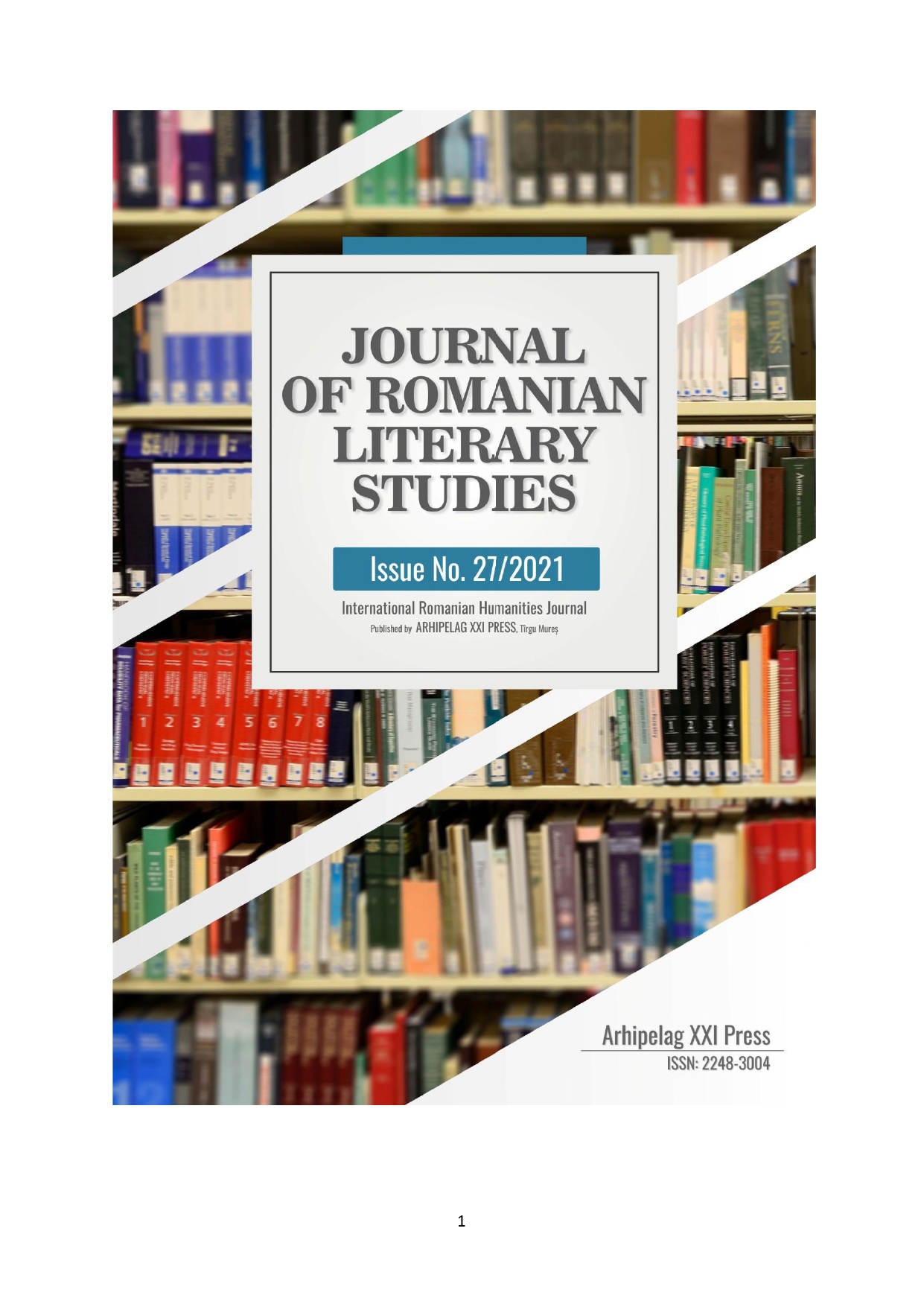HISTORY OF VISUAL ARTS IN LIMERICKS
HISTORY OF VISUAL ARTS IN LIMERICKS
Author(s): Ileana-Silvia CiorneiSubject(s): Cultural history, Customs / Folklore, Poetry, Visual Arts, Studies of Literature, Philology, Theory of Literature, History of Art
Published by: Editura Arhipelag XXI
Keywords: limerick; nonsense; language play; humour; visual art;
Summary/Abstract: A limerick is a kind of a witty, humorous, or nonsense poem, with a strict rhyme scheme. The form appeared in England in the early years of the 18th century. It was popularized by Edward Lear in the 19th century, although he did not use the term. Limericks gained more prestige and a wider audience and became the subjects of weekly newspaper contests while many writers produced them as a kind of literary exercises. There are different branches of limericks according to their level of vulgarity and, to a lesser extent, their topics. A general characterization divides limericks into clean and bawdy ones, the latter category clearly having sexuality at the centre of its narrative. Whatever opinion one has on the topic, most will agree that the archetypical limerick is offensive in some way, attaching nonstandard qualities, habits or utterances to the people. When taking into account topic, a third group of limericks can now be distinguished, which one might call the “intellectual stream”. Many verses upon such subjects as philosophy, science, art and literature come from a variety of authors, both known and unknown. Art is well represented through limericks whose topic refer to visual arts- painting and sculpture or music and literature. The visual arts are illustrated in large collections by different authors Most limericks celebrate and honour some of the most famous painters and sculptors in the history of arts from the pioneers until postmodernism but also they can refer to the art of painting or just to unknown artists who want to create or dabble in art.
Journal: Journal of Romanian Literary Studies
- Issue Year: 2021
- Issue No: 27
- Page Range: 232-242
- Page Count: 11
- Language: English

